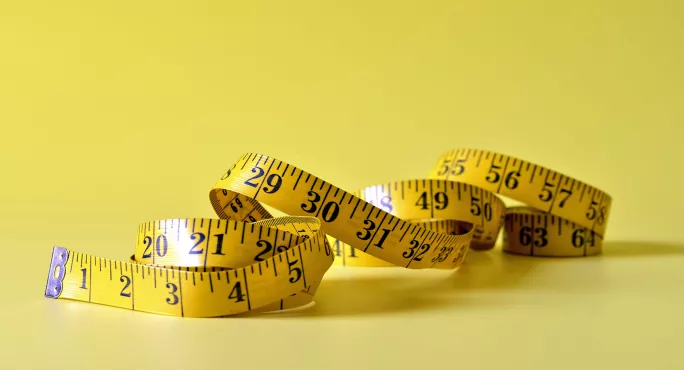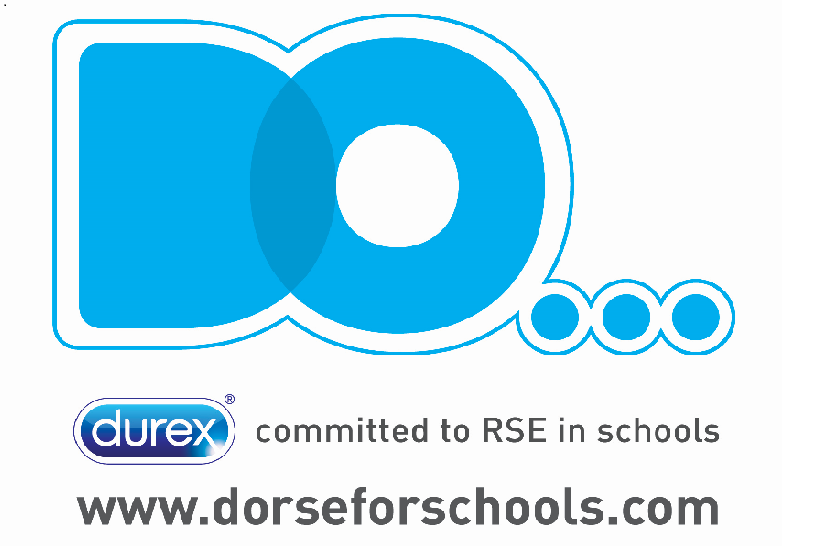The vital statistics of good sex education

Young people deserve useful information about sex, which means education on the topic should be based on scientific fact rather than opinion and moralising. If you’re planning a sex education lesson, take a look at these useful statistics to guide you.
Sex education: first experiences
The average age for first “heterosexual intercourse” (the term used in studies) is around 16. The average age for first sexual experience of any other type is around 14. Many young people are afraid that they are behind their peers, who they assume are having much more sex than them. And yet two-thirds of young people haven’t had intercourse before age 16, so the stats illustrate that those fears are unfounded.
At the same time, those who are having sex may just as easily have experienced bullying because of it. To know that one in three of their peers is in the same boat may serve as reassurance that they aren’t alone.
A recently published analysis on sexual competence during first-time sex indicates that many of the conditions surrounding first experiences, especially for those under 18, are far from ideal. This measure includes “contraceptive use, autonomy of decision, both partners being ‘equally willing’ and occurrence at the perceived ‘right time’”. So while supporting young people to avoid having the sex they don’t feel ready for, we can also do better to equip them more effectively for the sex they will likely be having.
Pleasure
Despite pleasure being the primary reason why most people have sex, the word tends to feature very infrequently in youth sexuality surveys (the wide-ranging 2012 National Survey on Sexual Attitudes and Lifestyles didn’t ask whether respondents’ first times were enjoyable, for example).
In the Sex Ed Forum’s Relationships and Sex Education poll from 2018, only 37 per cent of respondents felt that they had learned everything they needed to know about pleasure in sex education (lower than any other topic covered).
When we talk about pleasure, this does not mean that teachers will be teaching sexual technique. Understanding that we all experience sexual pleasure differently means that there is no one-size-fits-all. And recognising the extent to which desire and pleasure factor in our priorities can give context and grounding to many other areas of sex education.
Communication and consent
Unfortunately, 6.9 per cent of young people aged 16-24 said that they have been pressured to have sex against their will; some six in 1,000 said they were pressured into having sex for the first time, and one in 1,000 said they were forced. As part of your broader conversations around consent, discuss with your students why they think this pressure occurs. By making space for an honest conversation about how we talk and think about sex, your students can become part of a generation that breaks many of these cycles.
Sexuality and gender
Stonewall’s 2017 School Report found that nearly half of lesbian, gay, bi and trans pupils (45 per cent) - including 64 per cent of trans pupils - had been bullied for being LGBT at school. Some 40 per cent said they were never taught anything about LGBT issues at school, while only 20 per cent said they had learned about safe sex in relation to same-sex relationships.
And yet general national statistics show that 4.1 per cent of young people aged 16 to 24 are gay, lesbian or bisexual. There is also growing awareness and recognition of trans people, especially those who are non-binary (although Stonewall also found that 77 per cent of LGBT students had never learned about gender identity and what the term trans means at school). Making time to discuss these elements is beneficial to all students.
Contraception
Most young people aged 16-19 use contraception during heterosexual intercourse and the teenage conception rate for under-18s is the lowest since records began, with 18.9 pregnancies per 1,000 girls aged 15 to 17 in 2016. That said, fewer young people who have the kind of sex that could lead to them getting pregnant (64 per cent) actually use contraception (57 per cent). Furthermore, only 51 per cent of those aged 16 to 19 use some sort of service for their sexual health, compared with 68 per cent at 20 to 24. Take the opportunity to let your students know the options that are available to them and the local services that can provide them.
Sexually transmitted infections
It’s easy to fall into the trap of using STIs as cautionary tales. But this approach may deter people from seeking treatment. So open discussion is more effective. More than 60 per cent of new chlamydia diagnoses are in under-25s, which has resulted in the infection becoming the focus of health campaigns.
The statistics for herpes and HPV are also useful for combating STI shame. An estimated 80 per cent of people will have HPV by the age of 45, most strains of which aren’t tested for. Globally, an estimated 67 per cent of people carry herpes simplex virus 1.
Make it clear that STIs are common, and that they are nothing to be ashamed of. Like any other health issues, we avoid them and treat them when we have the access, knowledge and means to do so.
An empowering approach to sex education is about making information available so your students can decide for themselves how to use it. Try using fact-based resources, such as this infographic, which features a huge number of statistics that will prompt broad-ranging discussions in your lessons. And good luck!
Jacob Mirzaian is a youth worker, sex educator and designer working in Leeds and Bradford. He has spent 10-plus years supporting young people who seek advice online around sex and relationships as a writer and advice counsellor for Scarleteen.com.
